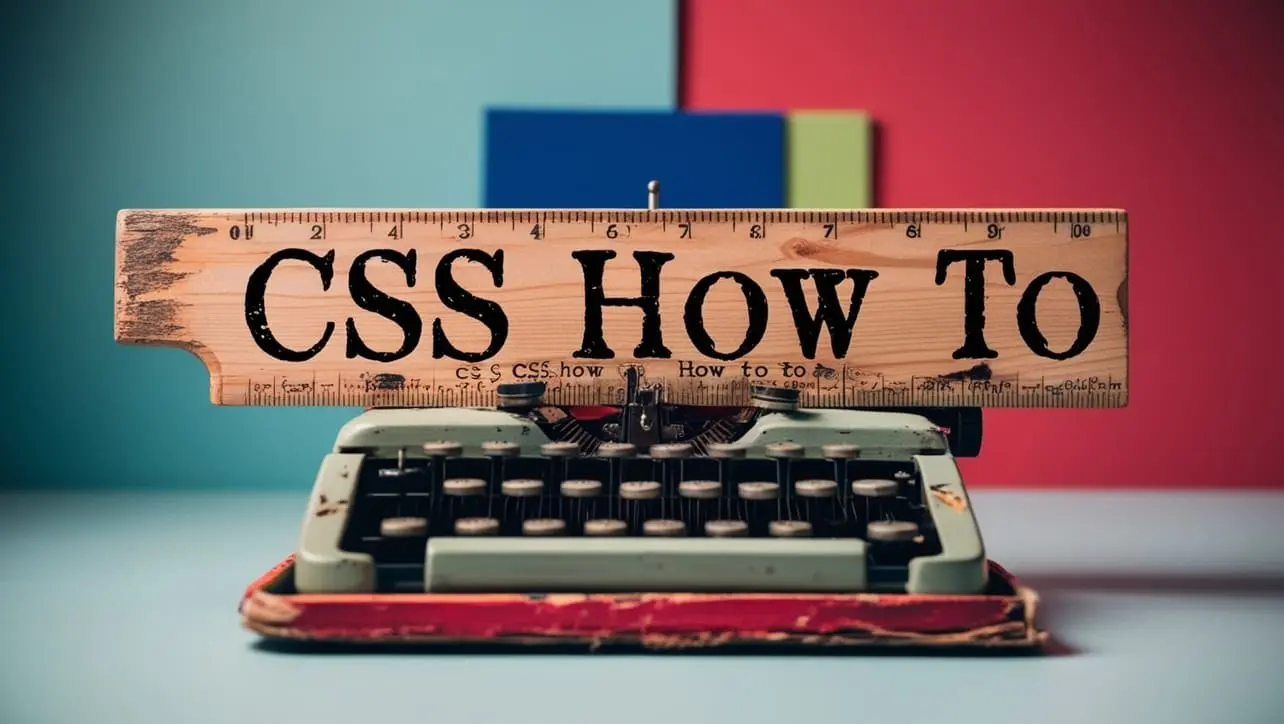
CSS Topics
- CSS Intro
- CSS How To
- CSS Editors
- CSS Properties
- CSS Selectors
- .class
- .class1.class2
- .class1 .class2
- #id
- * (all)
- element
- element.class
- element,element
- element element
- element>element
- element+element
- element1~element2
- [attribute]
- [attribute=value]
- [attribute~=value]
- [attribute|=value]
- [attribute^=value]
- [attribute$=value]
- [attribute*=value]
- :active
- ::after
- ::before
- :checked
- :default
- :disabled
- :empty
- :enabled
- :first-child
- ::first-letter
- ::first-line
- :first-of-type
- :focus
- :fullscreen
- :has()
- :hover
- :in-range
- :indeterminate
- :invalid
- :lang()
- :last-child
- :last-of-type
- :link
- ::marker
- :not()
- :nth-child()
- :nth-last-child()
- :nth-last-of-type()
- :nth-of-type()
- :only-of-type
- :only-child
- :optional
- :out-of-range
- ::placeholder
- :read-only
- :read-write
- :required
- :root
- ::selection
- :target
- :valid
- :visited
- CSS Comments
- CSS Length
- CSS Image Sprites
- CSS Grid Layout
- CSS Grid Flexbox
- CSS @charset Rule
- CSS @font-face Rule
- CSS @import Rule
- CSS @keyframes Rule
- CSS @media Rule
CSS element,element Selector
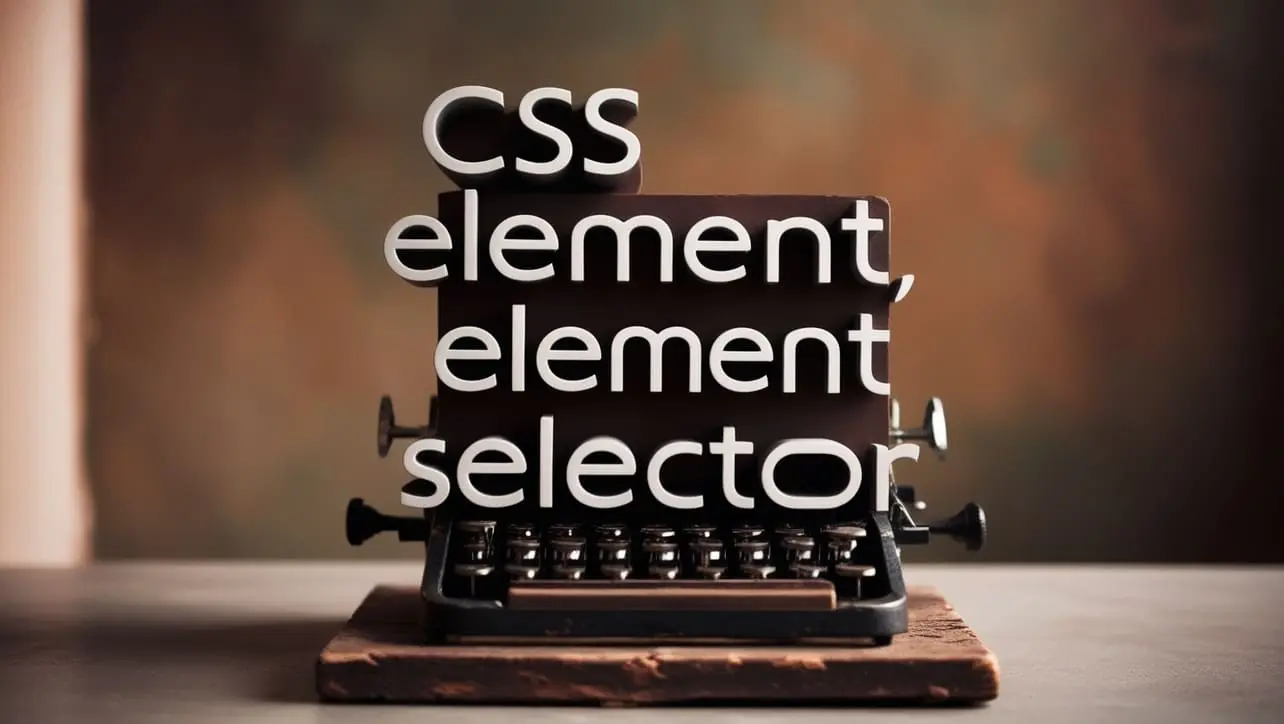
Photo Credit to CodeToFun
🙋 Introduction
The element,element selector in CSS is a group selector that allows you to apply the same styles to multiple elements simultaneously.
This selector is particularly useful for maintaining a clean and concise stylesheet, as it enables you to avoid repetition when styling similar elements.
💡 Syntax
The signature of the element,element Selector is as follows:
element1, element2 {
/* CSS properties */
}In this syntax, you can specify multiple elements separated by commas. The styles defined within the curly braces will be applied to all listed elements.
📝 Example
Here is an example of how to use the element,element selector in CSS:
☠️ HTML
<!DOCTYPE html>
<html lang="en">
<head>
<meta charset="UTF-8">
<meta name="viewport" content="width=device-width, initial-scale=1.0">
<title>CSS element,element Selector Example</title>
<link rel="stylesheet" href="styles.css">
</head>
<body>
<h1>Welcome to My Blog</h1>
<p>This is a sample paragraph.</p>
<h2>Blog Post Title</h2>
<p>Another sample paragraph in the blog.</p>
<button>Read More</button>
</body>
</html>🎨 CSS
/* Style for multiple elements */
h1, h2, p {
color: navy;
font-family: Arial, sans-serif;
}
button {
background-color: lightblue;
border: none;
padding: 10px 15px;
cursor: pointer;
}
h1:hover, h2:hover {
color: darkblue;
}In this example:
- Both
<h1>and<h2>elements, as well as<p>elements, are styled with the same text color and font family. - The button has its own styles, and hover effects are added to headings for interactivity.
💬 Usage Tips
- Use the
element,elementselector to reduce redundancy in your CSS by applying the same styles to multiple elements in a single rule. - It’s a good practice to group similar elements to improve maintainability and readability of your CSS.
⚠️ Common Pitfalls
- Be careful when applying styles to multiple elements; ensure that the styles make sense for all selected elements. For example, using the same padding for a
<p>and a<h1>might not be appropriate. - Keep in mind that more specific selectors can override these grouped styles, so be mindful of the cascade and specificity in your CSS.
🎉 Conclusion
The element,element selector is an efficient way to apply common styles to multiple HTML elements in a single rule.
By using this selector, you can streamline your CSS and enhance maintainability, allowing for easier updates and modifications as your web project evolves.
👨💻 Join our Community:
Author

For over eight years, I worked as a full-stack web developer. Now, I have chosen my profession as a full-time blogger at codetofun.com.
Buy me a coffee to make codetofun.com free for everyone.
Buy me a Coffee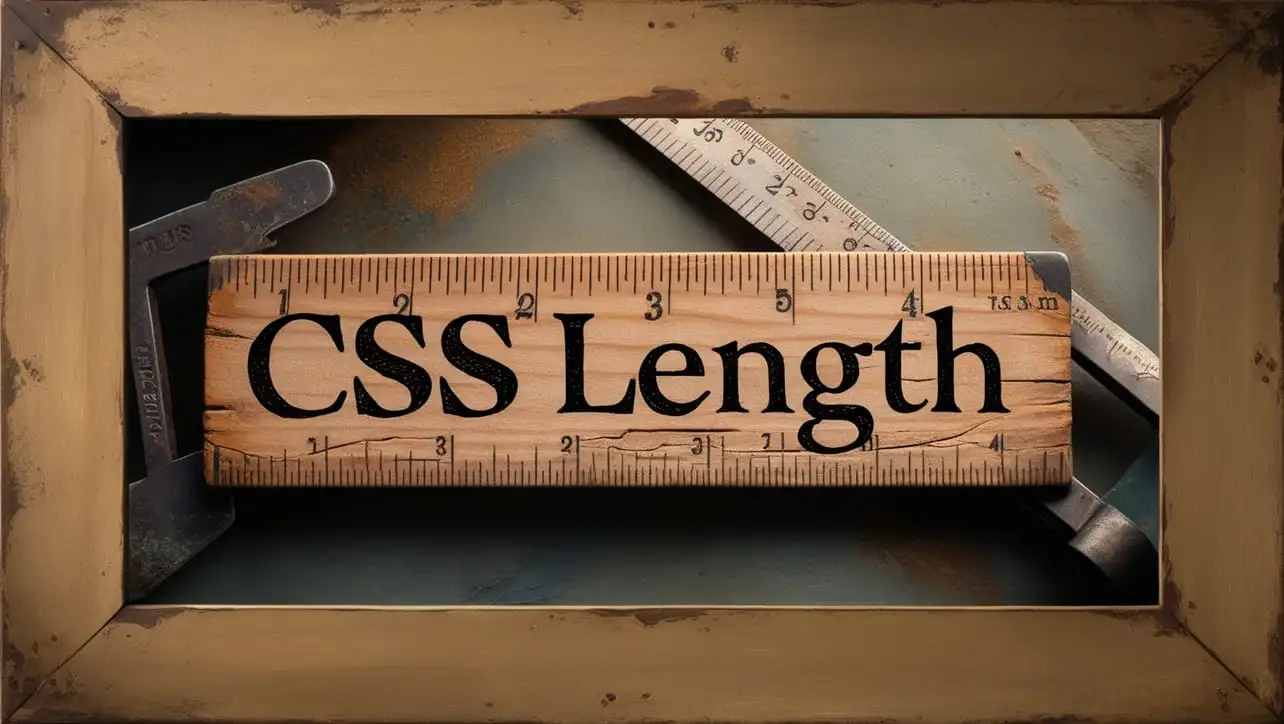
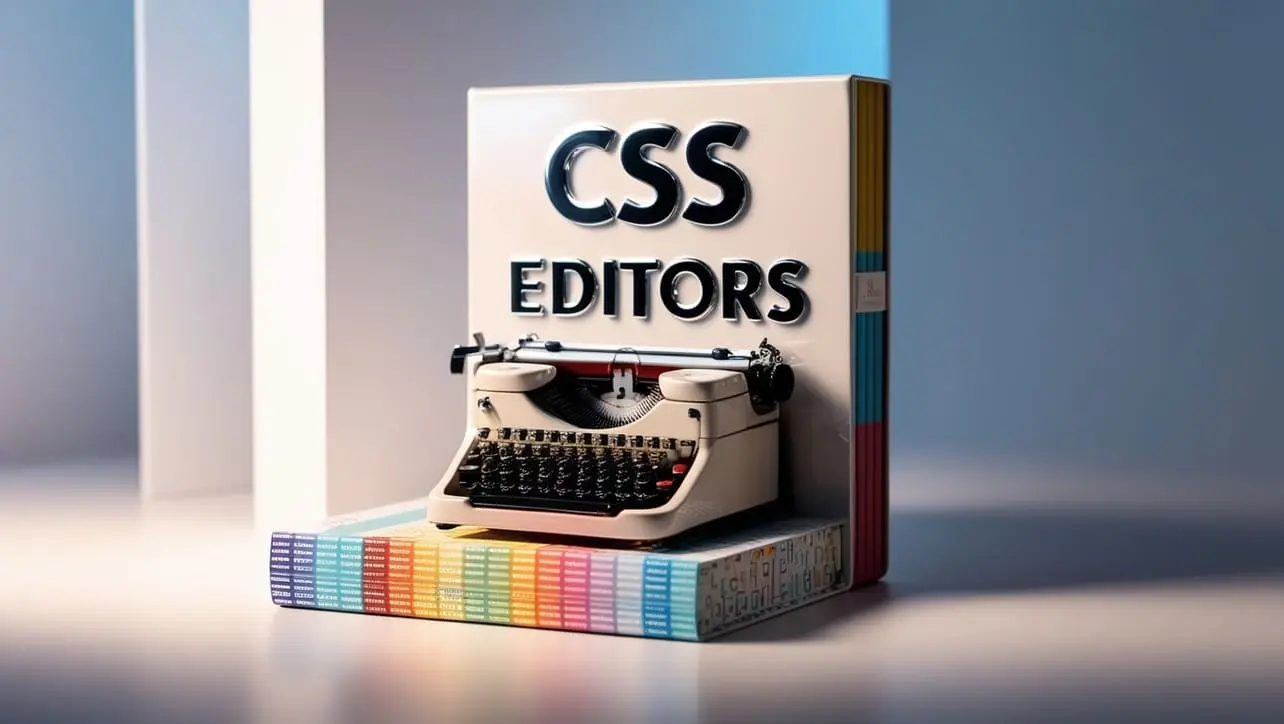

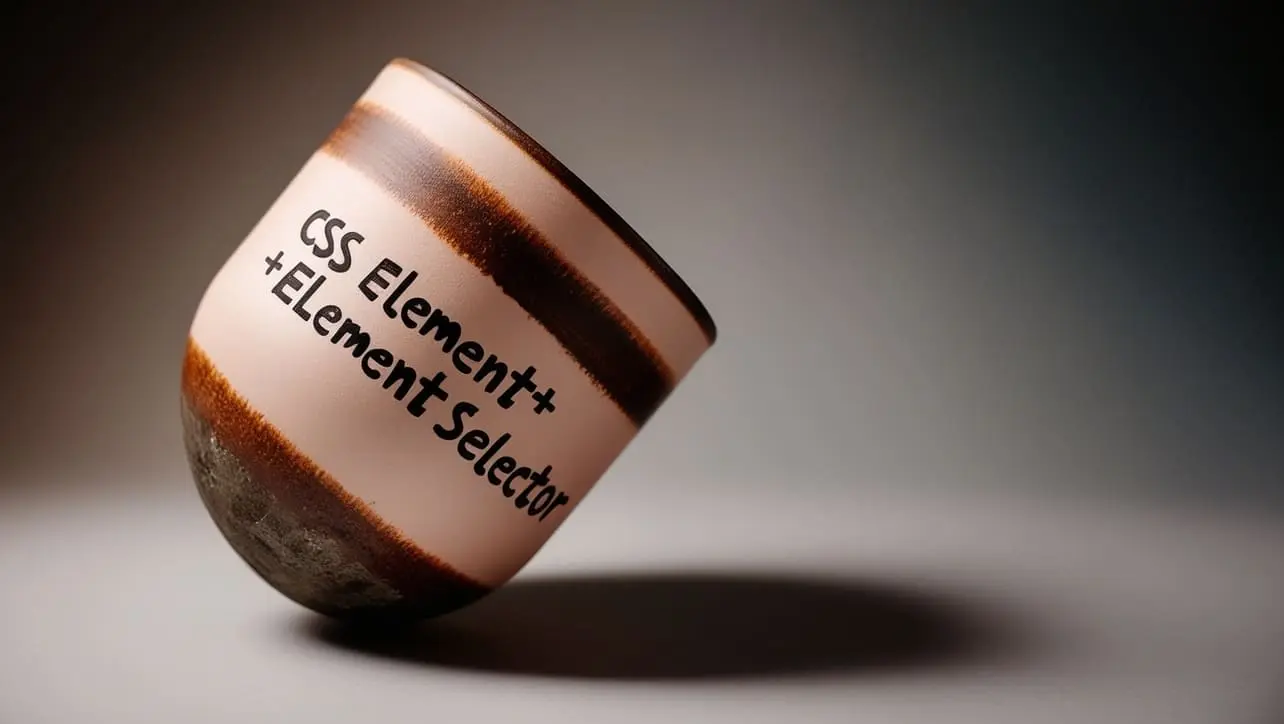
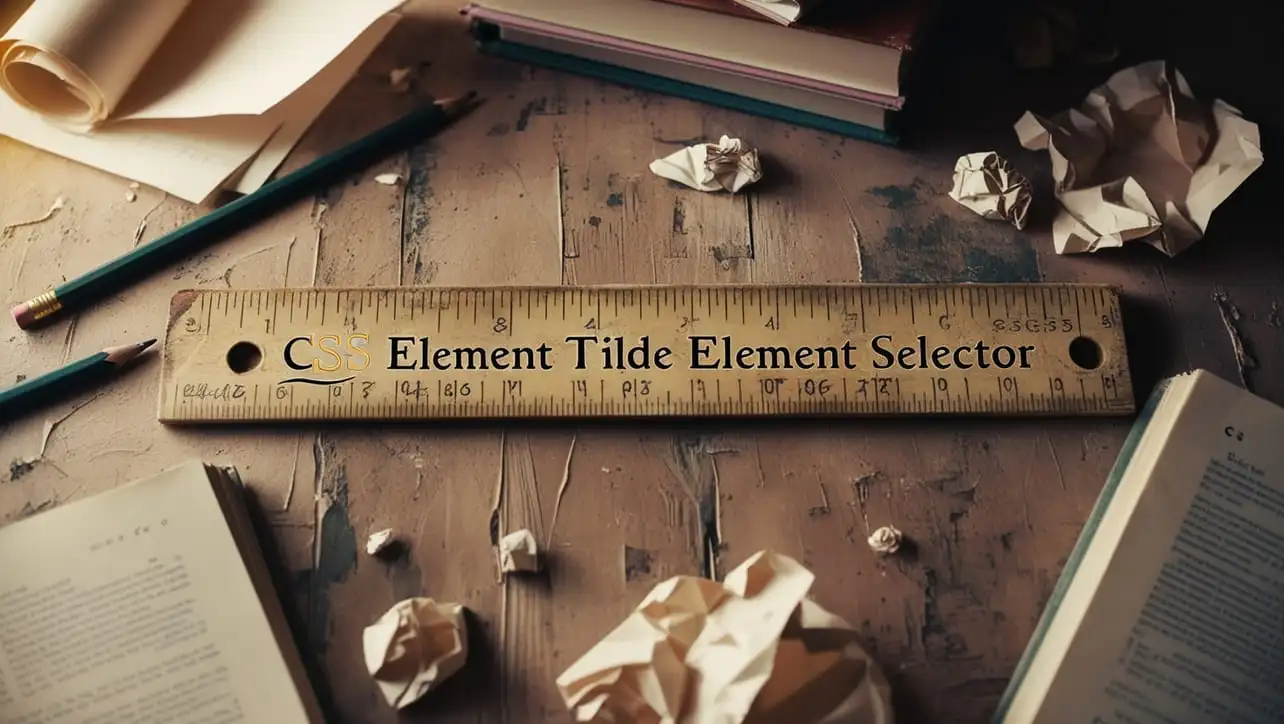







If you have any doubts regarding this article (CSS element,element Selector), please comment here. I will help you immediately.